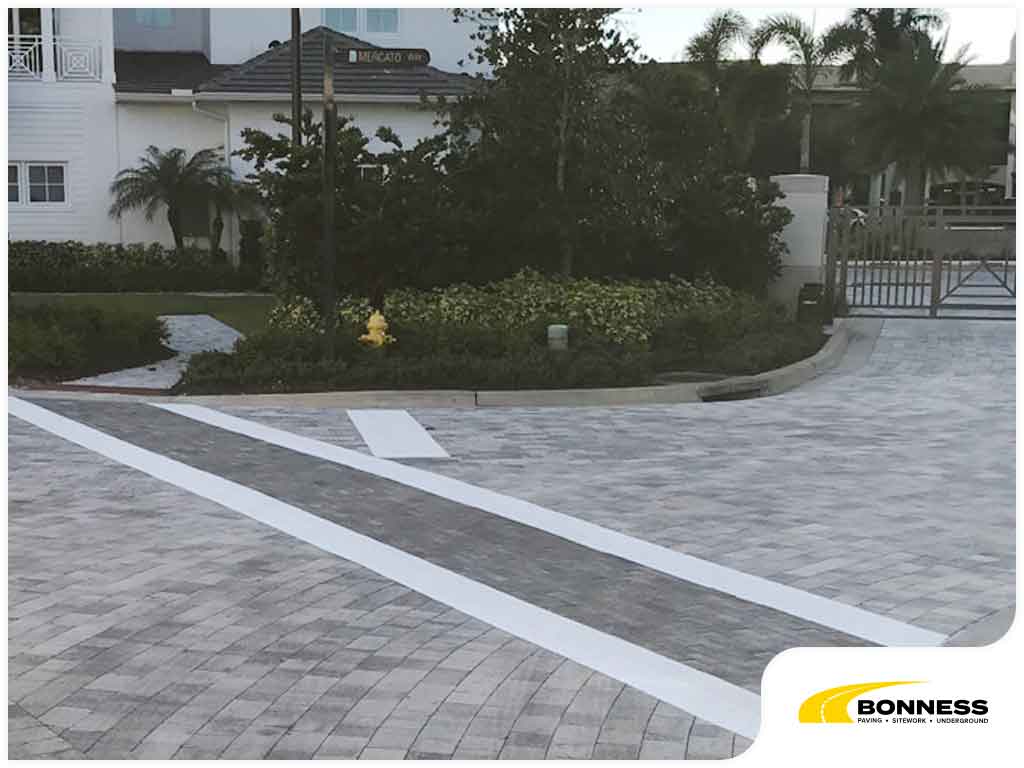
Driveway replacement is not as straightforward as you might think. With a completion time of as fast as one day, it is one of the least inconvenient home improvements there is. But if you do not understand how the entire construction process works, it might catch you ill-prepared and stress you out from beginning to end.

Here’s how a typical driveway replacement works.
Removal of the Original Pavement
First things first, the old pavement must be removed so the ground underneath could be thoroughly inspected. A capable crew could handle this task safely by hand, but heavy machinery might be used to finish the job faster.
If you have never heard of a jackhammer in operation, you (and possibly your neighbors, too) would hate the intermittent racket, which could last for a few hours.
Soil Assessment
Once the original pavement is gone, experienced brick, gravel, concrete and asphalt paving contractors will immediately commence ground evaluation. This part is critical for it will reveal any necessary additional steps in the process like subbase addition.
The crew will determine whether the current soil’s capacity to support weight is not compromised. Otherwise, it will have to be replaced, too. Experts consider numerous factors, especially environmental ones, to make the right call.
Installation of the New Pavement
After the ground is prepared, the new pavement will be installed. With usage of proper equipment and techniques, it should not take forever to spread, smooth out and level the material.
Finishing
Pavement projects may require different finishing methods. For instance, the application of a sealant coat is necessary in concrete driveway construction in order to protect the material from moisture and stains.
Let Bonness help you plan your driveway replacement so you can live through it with as little stress as possible. Call (239) 597-6221 to request a consultation with us and get a free no-obligation estimate.
